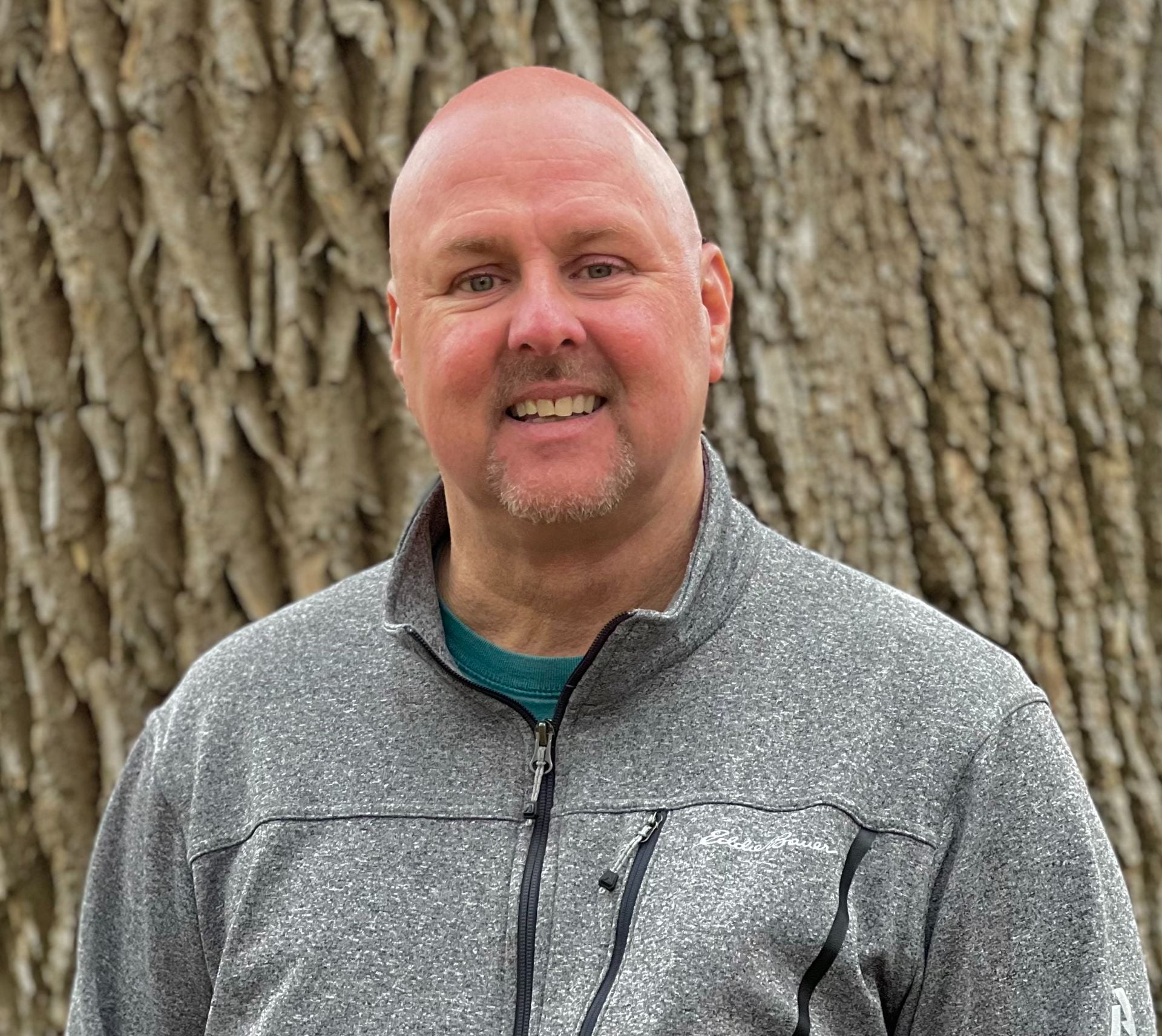 As a building principal, I was mostly left to run my building the way I saw fit. The district was large enough to have a director of curriculum, HR, technology, etc. The design of the district-wide instructional program came from the central administration building (known at the CAB), which meant most curriculum decisions and professional development directives came from across town. There were, however, many areas in which principals could, as the site-based leaders, make decisions and affect change.
As a building principal, I was mostly left to run my building the way I saw fit. The district was large enough to have a director of curriculum, HR, technology, etc. The design of the district-wide instructional program came from the central administration building (known at the CAB), which meant most curriculum decisions and professional development directives came from across town. There were, however, many areas in which principals could, as the site-based leaders, make decisions and affect change.
I recently was asked a question about change by a school leader who feels very much like she is on an island. As a fairly new principal, she wasn’t clear on the edges her district was putting on her but she knew something had to be done with the reading performance of her students. The curriculum was outdated, in many cases teachers were patching the holes with basically anything they could find. While innovative and commendable, this was leading to even more gaps due to the inconsistent nature of resources teachers were using in their classrooms. This leader knew she needed help, so she called me. Her question was this:
How do leaders guide sustainable, impactful change when they’re left on the proverbial island?
If you have found yourself in this situation, you know quite well of the micropolitics involved in this particular problem of practice. There is no easy answer to affecting change in an environment with little support or direction. If you’re in this situation now, allow me to share three bits of advice to making change in this tough scenario.
1. Go slow to go fast:  There were a few times when I was working to make change without ruffling feathers outside of the building. The biggest one that stands out to me was the shifting of our culture from ‘catching them doing it wrong’ to ‘catching them doing it right’. We had nothing in place for development of school culture. The district had jumped on board with the PBIS movement, which was potentially good for our students but the staff culture was so bad it wasn’t going to be successful without supports and changing that culture. We started simple. We focused on just one thing. Simple recognition of the right things kids and staff were doing slowly moved the needle. We could then add more recognition, more reinforcements, and more rewards. Changing the culture took a lot of time, but going slow to go fast made a huge impact in the long run.
There were a few times when I was working to make change without ruffling feathers outside of the building. The biggest one that stands out to me was the shifting of our culture from ‘catching them doing it wrong’ to ‘catching them doing it right’. We had nothing in place for development of school culture. The district had jumped on board with the PBIS movement, which was potentially good for our students but the staff culture was so bad it wasn’t going to be successful without supports and changing that culture. We started simple. We focused on just one thing. Simple recognition of the right things kids and staff were doing slowly moved the needle. We could then add more recognition, more reinforcements, and more rewards. Changing the culture took a lot of time, but going slow to go fast made a huge impact in the long run.
2. Go together, never alone:  Anyone who thinks they can make change to a system on their own is setting themself up for failure. When you have data, observations, or some other metrics that demonstrate the need for change, share that with your team. Be strategic, maybe start with the core leadership team and then roll it out to the entire staff. But grow the shared sense of purpose. Use a protocol similar to ‘so what, now what’ where the team examines the metrics, postulates reasons for the metrics telling the story it does, and then throw ideas out. There will be ideas, curriculum, programs, etc that will fit the bill. If it comes from the entire team it will increase buy-in and the likelihood that success is on the horizon.
Anyone who thinks they can make change to a system on their own is setting themself up for failure. When you have data, observations, or some other metrics that demonstrate the need for change, share that with your team. Be strategic, maybe start with the core leadership team and then roll it out to the entire staff. But grow the shared sense of purpose. Use a protocol similar to ‘so what, now what’ where the team examines the metrics, postulates reasons for the metrics telling the story it does, and then throw ideas out. There will be ideas, curriculum, programs, etc that will fit the bill. If it comes from the entire team it will increase buy-in and the likelihood that success is on the horizon.
3. Look for the big picture but don’t forget you know your staff and kids best:  Often, district-level programs are put in place as part of a strategic plan. I found it interesting how the view changed each time I moved from one position to another (teacher to AP, AP to Principal, Principal to Superintendent). You learn the difference between ground level, 10k feet, 20k feet, and 30k feet really quick. The big picture is meant to ensure the system works, the entire system. I’m sure you’ve heard the phrase system of schools vs school system. As the leader of your school, make sure you know how your facility fits the grand scheme and how your potential change may as well. That said, never lose sight of the fact YOU know your staff and kids better than anyone at the district level. Do right by them, follow suggestions 1 and 2 above, and you can make the impact you’re looking for without knocking yourself off the proverbial island.
Often, district-level programs are put in place as part of a strategic plan. I found it interesting how the view changed each time I moved from one position to another (teacher to AP, AP to Principal, Principal to Superintendent). You learn the difference between ground level, 10k feet, 20k feet, and 30k feet really quick. The big picture is meant to ensure the system works, the entire system. I’m sure you’ve heard the phrase system of schools vs school system. As the leader of your school, make sure you know how your facility fits the grand scheme and how your potential change may as well. That said, never lose sight of the fact YOU know your staff and kids better than anyone at the district level. Do right by them, follow suggestions 1 and 2 above, and you can make the impact you’re looking for without knocking yourself off the proverbial island.
Have a #RoadToAwesome week
Darrin
Need some help? Got a question? Reach out, let’s talk.
 Learn more and sign up for our weekly newsletter at roadtoawesome.net
Learn more and sign up for our weekly newsletter at roadtoawesome.net
Make sure you subscribe (button on the left) so you don’t miss any future posts.
Looking for that awesome speaker with an incredible message to build your staff culture? Look no further – connect with me here
Tune into our podcast “Leaning into Leadership” available everywhere you get your podcast fix. This week on episode 53: Jen Rafferty, founder of Empowered Educator, joins the show to talk about inspiring teachers and school leaders to discover their voice and maintain a healthy longevity throughout their careers.

Be First to Comment